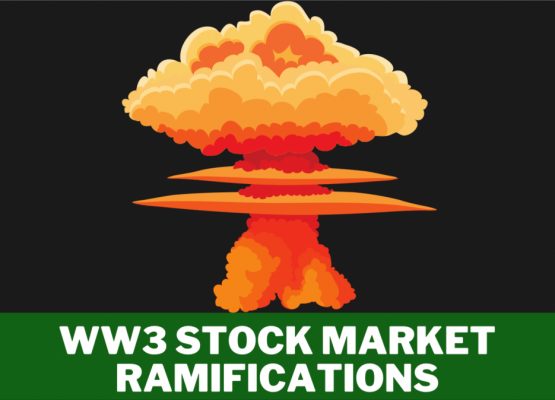The Debt to Equity Ratio (D/E Ratio) is a key financial metric used by investors to analyze a company’s financial health and efficiency. Understanding this ratio can provide insights into a company’s financial structure, shedding light on how it manages its funds and the potential risks associated with its financial strategies.
The D/E Ratio measures the proportion of a company’s debt in relation to its equity. In simple terms, it compares what a company owes (its debt) to what it truly owns (its equity). The ratio gives an idea of how a company is financing its operations, whether it relies more on debt or more on equity, and the potential risks involved in its financial structure.
Here’s how to calculate the D/E Ratio:
Debt to Equity Ratio = Total Debt / Total Equity
Total Debt includes both short-term (due within a year) and long-term debts (due after a year) of a company. Total Equity is the value of assets after all debts and liabilities have been subtracted, essentially representing the company’s net worth if all its assets were to be sold and all debts paid off.
A high D/E Ratio suggests that a company has a large amount of debt relative to its equity, which could indicate financial instability and a higher risk of bankruptcy. A lower ratio suggests the opposite: less reliance on debt and potentially a more financially stable company.
Let’s consider a hypothetical company, TechZ Inc., that we are interested in investing in. Let’s say that TechZ Inc. has a total debt of $500,000 and total equity of $250,000. Using the D/E ratio formula:
Debt to Equity Ratio = $500,000 / $250,000 = 2
A D/E Ratio of 2 means that for every dollar of equity, TechZ Inc. has two dollars of debt. This indicates that TechZ Inc. is heavily reliant on debt to finance its operations, which can be a sign of financial risk. However, this ratio must not be viewed in isolation.
While the D/E Ratio can provide insights into the potential financial health of a company, it is important to interpret it in context. Different industries have different average D/E Ratios due to the nature of their operations. For example, industries like utilities and telecommunications typically have high D/E Ratios because they are capital intensive and require substantial debt financing to build infrastructure. On the other hand, industries like technology or services often have lower ratios as they are less capital intensive.
Comparing TechZ Inc.’s D/E Ratio with the average D/E Ratio in the technology industry, as well as with its competitors, would provide a more accurate perspective on its financial health.
In conclusion, the D/E Ratio is a ratio you can consider in relation to the overall financial health of a company, specifically its balance sheet. As it provides a snapshot of a company’s financial health, it can help you understand how a company is financed. However, it’s important to remember that no single financial metric should be used in isolation. Combining the D/E Ratio with other financial metrics and industry-specific knowledge will give a comprehensive view of a company’s financial status, helping you to make an informed decision.




